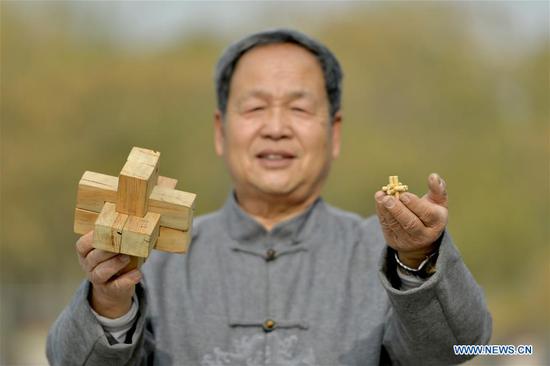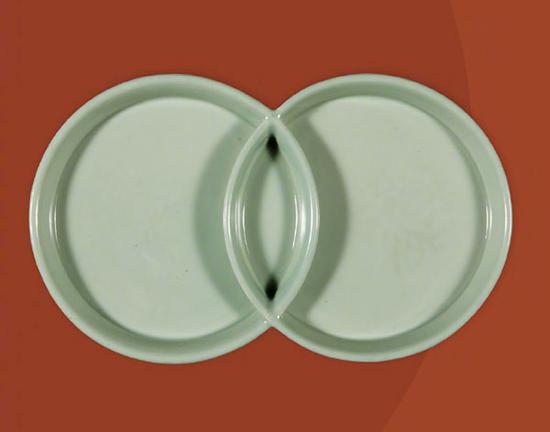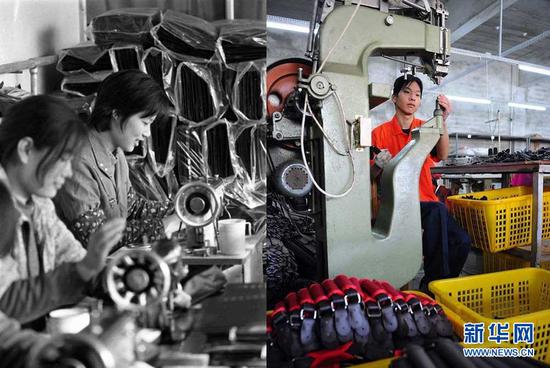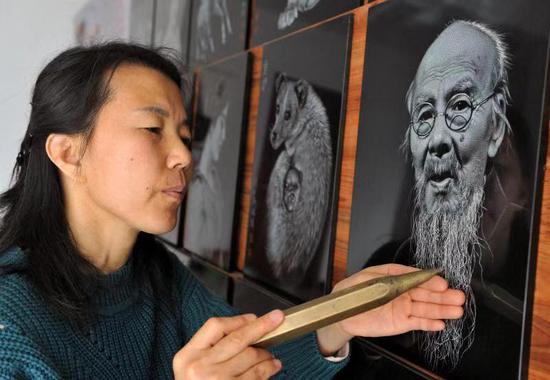Chinese scientists have designed an implant and self-powered sensor that can help monitor heart failure.
Heart failure is a global public health problem in which the heart is incapable of pumping sufficient blood to meet the body's needs. Typical symptoms include dyspnea, weakness and fatigue, which lead to poor quality of life and high costs for diagnosis and treatment.
The endocardial pressure is a key parameter for assessing cardiac function and has important clinical implications for patients with heart failure. Endocardial pressure is commonly monitored by invasive and expensive cardiac catheterization, which is not feasible for long-term, continuous data collection.
There is an urgent need to develop a minimally invasive, high-sensitive and low-cost sensor to monitor endocardial pressure in real time, which would be of great significance for cardiovascular disease diagnosis and treatment.
Based on the triboelectric nanogenerator that can convert bio-mechanical energy into electricity, scientists from the Beijing Institute of Nanoenergy and Nanosystems affiliated with the Chinese Academy of Sciences, Beihang University as well as the Second Military Medical University have developed a miniaturized self-powered sensor that can enter the heart with minimally invasive surgery.
The sensor is 1.5 centimeters long, 1 centimeter wide and 0.1 centimeters high. It has been experimented on pig models and integrated with a surgical catheter for minimally invasive implantation.
It can conduct ultra-sensitive, real-time monitoring, and has mechanical stability. It can also detect ventricular fibrillation and ventricular premature contraction.
According to Liu Zhuo, one of the researchers, the research may help encourage the development of more miniature implantable medical sensors for monitoring and diagnosis of cardiovascular diseases.
"The sensor is promising for clinical application. This work also provides new ideas for the research of miniaturized implantable self-powered medical devices," Liu said.
The research was published in the journal Advanced Functional Materials.


















































